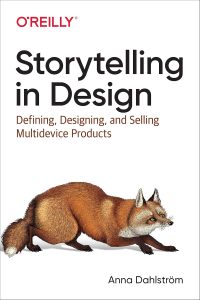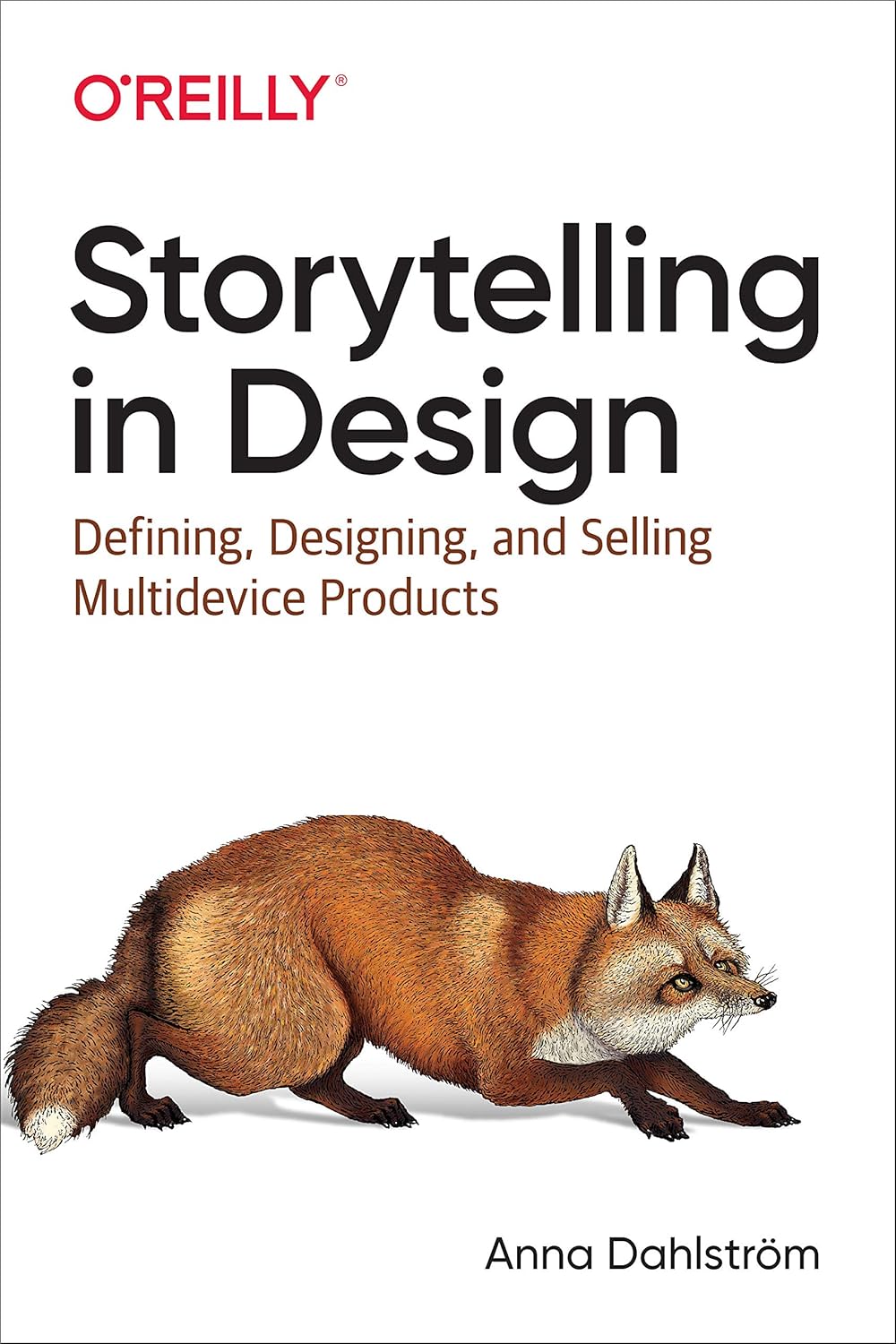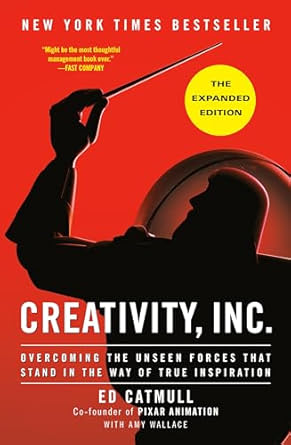
Anna Dahlström explores the profound role that storytelling plays in product design. Dahlström argues that in an increasingly complex and automated world, the ability to craft compelling narratives is essential for UX designers, product owners, strategists, founders, marketers, and others involved in product development.
The book is divided into three parts. The first part provides a theoretical foundation, exploring the history and anatomy of storytelling, and its growing relevance in product design. The second part delves into the practical applications of storytelling in product design, examining how traditional storytelling principles can be applied to key aspects of the UX design process. The third section focuses on the importance of storytelling in presenting and communicating design ideas effectively.
Chapter 1: Why Storytelling Matters
Dahlström begins by emphasizing the historical significance of storytelling as a means of communication, education, and persuasion. She highlights how great storytellers have always been able to capture attention, evoke emotion, and memorably convey information. In the context of product design, storytelling is crucial for creating engaging user experiences, influencing user behavior, and effectively communicating design ideas to stakeholders.
In this chapter, Dahlström delves into the fundamental elements that make a story compelling. She explores Aristotelian principles of storytelling, the concept of dramaturgy, and the importance of narrative structure. She also discusses how these elements can be applied to product design to create engaging and effective user experiences.
Dahlström examines how traditional storytelling is evolving in response to technological advancements and changing consumer expectations. She discusses the rise of on-demand content, transmedia storytelling, and the increasing importance of creating seamless, multi-device experiences. She emphasizes the need for product designers to adapt to these changes by creating consistent experiences across different channels and devices.
Dahlström explores the crucial role of emotion in storytelling and its relevance to product design. She argues that emotionally engaging stories are more likely to capture an audience’s attention and create a lasting impact. In product design, evoking the right emotions can enhance user experience, build brand loyalty, and drive user behavior.
Dahlström discusses the application of dramaturgy, the art of dramatic composition, to product design. She explains how dramaturgical principles, such as the three-act structure, can be used to define and structure product experiences, create a compelling narrative, and guide users through a desired flow.
In this chapter, Dahlström explores the role of characters in storytelling and how character development can be applied to product design. She discusses the importance of creating believable characters (or personas) to represent target users, and how understanding user motivations, needs, and behaviors can inform the design process.
Dahlström emphasizes the significance of setting and context in storytelling, and how these elements translate to product design. She discusses the importance of understanding the environment in which a product will be used, as well as the various factors that can influence user experience.
In this chapter, Dahlström explores the use of storyboarding, a technique commonly used in film and television, in product design. She explains how storyboards can help visualize user interactions, identify potential problems or solutions, and communicate design ideas to stakeholders.
Dahlström discusses how the shapes and structures of traditional stories can inform product design. She explores how visualizing the user experience can help designers create more engaging and effective products and increase stakeholder buy-in.
In this chapter, Dahlström examines the role of main plots and subplots in storytelling and their application to user journeys and flows in product design. She explains how understanding the main user journey and potential sub-journeys can help designers create more robust and user-friendly products.
Chapter 11: Theme and Story Development in Product Design
Dahlström explores the importance of theme and the “red thread” in storytelling, and how these concepts relate to product design. She discusses how a strong theme can create a cohesive and meaningful user experience, and how to develop a compelling product story.
Chapter 12: Choose-Your-Own-Adventure Stories and Modular Design
In this chapter, Dahlström draws a parallel between choose-your-own-adventure stories and modular design in product development. She discusses the benefits of modularity in creating flexible and adaptable product experiences.
Chapter 13: Applying Scene Structure to Wireframes, Designs, and Prototypes
Dahlström discusses how the concept of “scenes” in storytelling can be applied to the design of wireframes, designs, and prototypes. She explains how each page or view in a product can be considered a scene that contributes to the overall narrative.
Chapter 14: Presenting and Sharing Your Story
In the final chapter, Dahlström emphasizes the importance of storytelling in presenting and communicating design work. She provides guidance on how to craft compelling presentations that engage the audience, convey key information, and persuade stakeholders.
Conclusion:
Throughout the book, Dahlström provides practical exercises and examples to help readers apply storytelling principles to their design projects.
She emphasizes that storytelling is not just about creating entertaining narratives but also about designing effective and user-centered experiences.
By drawing on the power of storytelling in design, designers can create products that are not only functional but also engaging, meaningful, and memorable.


